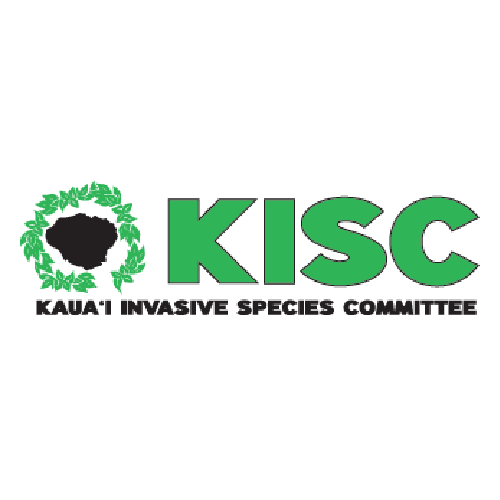Family: Asteraceae
Matricaria chamomilla (chamomile, blue chamomile) is an herb, native to southern and eastern Europe and northern and western Asia. It has been used for centuries for its medicinal and therapeutic properties. Chamomile is known mostly for its use against gastrointestinal problems; additionally, it can be used to treat irritation of the skin. It is reported to be naturalized in North America and Australia but is not documented to be naturalized on any Hawaiian Islands to date. This plant reproduces by prolific seed production, with one plant able to produce 5000 seeds. It quickly reaches reproductive maturity in less than 1 year and can form a persistent seed bank for up to 11 years, therefore making it a high risk plant to naturalize in the Hawaiian Islands.
High Risk Traits:
- Able to grow in temperate and subtropical climates.
- Widely cultivated and naturalized (but no evidence in the Hawaiian Islands to date).
- A common weed of other agricultural crops worldwide.
- Other Matricaria species are invasive weeds.
- May be allelopathic.
- Unpalatable to deer, and other browsing and grazing animals (although cows may consume it in infested pastures).
- May taint milk if consumed by dairy cows.
- May be mildly toxic or cause dermatitis to susceptible people.
- Tolerates many soil types.
- Reproduces by prolific seed production.
- Self-fertile.
- Quickly reaches reproductive maturity (< 1 year).
- Seeds dispersed by externally on farm equipment, and possible animals, as a crop contaminant, internally by cattle, and through intentional cultivation.
- One plant can produce up to 5000 seeds.
- Seeds may form a persistent seed bank (up to 11 years).
Low Risk Traits:
- A primarily temperate species that may not thrive in tropical climates, and may be a greater risk at cooler, higher elevations of tropical island ecosystems.
- Valued and cultivated as an herbal and medicinal plant.
- Unarmed (no spines, thorns, or burrs).
- Grows best in high light environments (dense shade may inhibit spread).
- Hand pulling can be effective in controlling smaller populations. Mowing may limit seed set in larger infestations.
- Herbicides may provide effective control.




